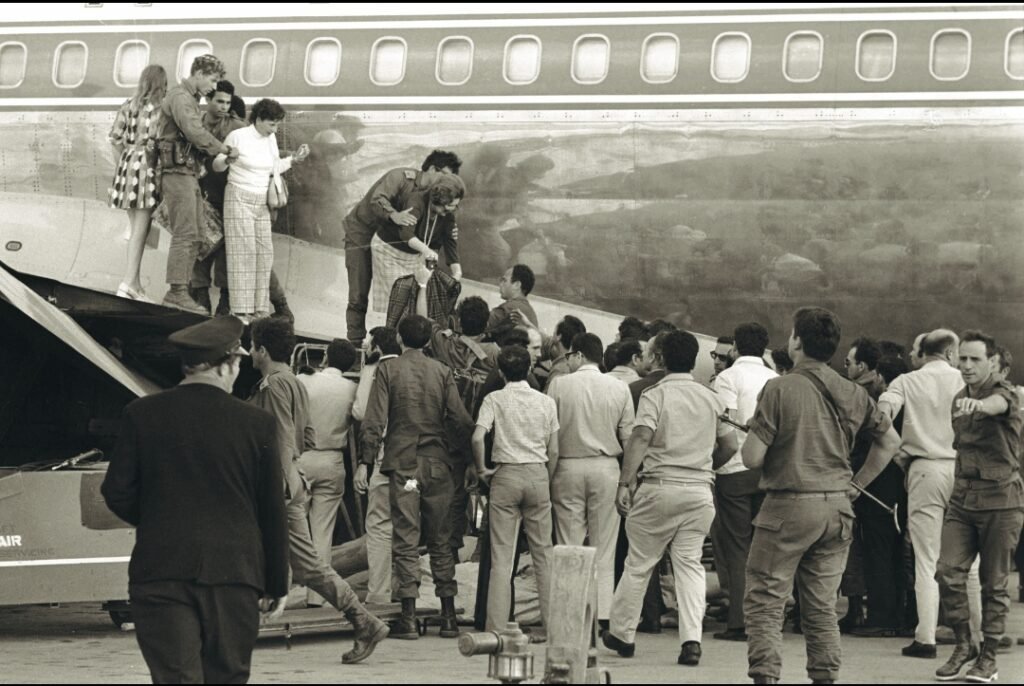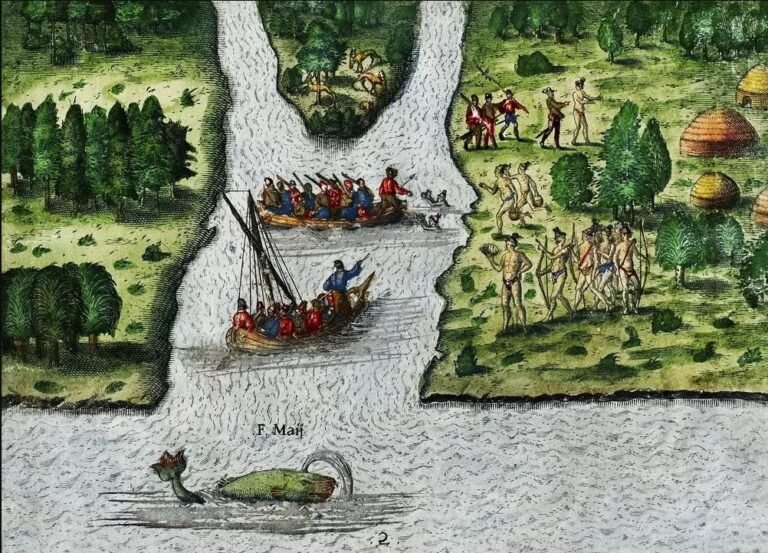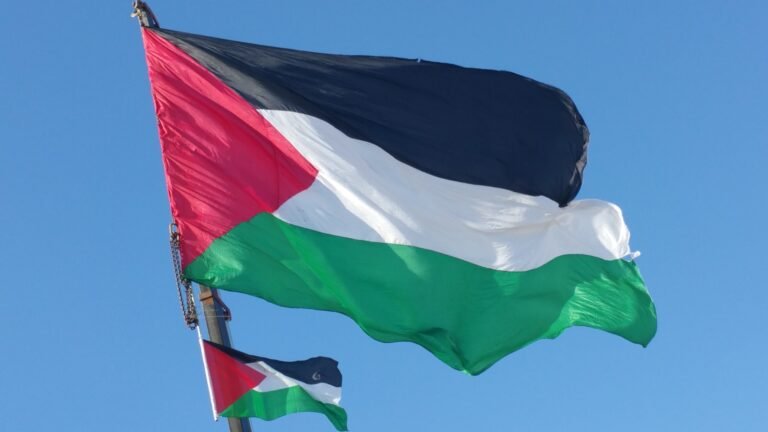Detail overview of Flight 571 and its tragic crash in the Andes
Flight 571, a chartered Uruguayan Air Force Fairchild FH- 227D aircraft, crashed in the Andes Mountains on October 13, 1972 The flight was carrying members of a Uruguayan rugby platoon and their musketeers and family. Due to poor rainfall conditions and nautical crimes, the aeroplane eventually crashed into the mountains. The crash redounded in multiple losses and injuries among the passengers and crew.


Tragically, the survivors faced extreme conditions in the Andes, including indurating temperatures, high altitude, and limited food inventories. After several days, they resorted to cannibalism to survive, which is a harrowing aspect of this story. Their fire lasted for over two months until two of the passengers eventually encountered a Chilean cowgirl, who also helped to initiate their deliverance.
The story of Flight 571’s crash and the survivors’ struggle for survival was latterly proved in the book” Alive” by Piers Paul Read and the posterior movie adaption. This woeful event remains a remarkable tale of adaptability and the will to survive against all odds.
The crash of Flight 571 in the Andes Mountains is a poignant and indelible story of mortal abidance and survival. Here are some fresh details.
The Crash:
Flight 571 took off from Montevideo, Uruguay, and was headed to Santiago, Chile. Due to poor rainfall conditions and a navigation error, the aeroplane crashed into a remote area of the Andes on October 13, 1972. Of the 45 people on board, 29 originally survived the crash.
Survival Challenges:
The survivors faced extreme challenges, including freezing temperatures, high mound, and a lack of proper apparel, food, and medical inventories. They had to find ways to stay warm and nourished in the harsh mountain terrain.
Cannibalism:
After exhausting their limited food inventories and with no stopgap of immediate deliverance, the survivors made the delicate decision to resort to cannibalism to sustain themselves. They consumed the meat of those who had failed in the crash. This aspect of their fire is one of the most nipping and controversial aspects of the story.
Rescue:
After 72 days of insulation in the mountains, two of the passengers, Nando Parrado and Roberto Canessa, hiked for several days through the unfaithful terrain and ultimately encountered a Chilean shepherd. This hassle led to the deliverance of the remaining survivors.
Aftermath:
The survivors’ story gained worldwide attention, and it has been the subject of books, pictures, and flicks. It remains a symbol of mortal determination and the will to survive under the most adverse conditions.
The survival of the passengers of Flight 571 serves as a testament to the strength of the mortal spirit and the lengths people are willing to go to in order to survive in the face of unconceivable adversity.
Highlight the harsh conditions and extreme isolation of Flight 571
Highlighting the harsh conditions and extreme isolation of Flight 571″ refers to emphasizing and drawing attention to the grueling circumstances faced by the passengers and crew of Uruguayan Air Force Flight 571 when they crashed in the Andes Mountains in 1972. To do this, one might describe the brutal cold wave, lack of food, and the remote position of the crash point, all of which contributed to their struggle for survival. also, one could mention the isolation they endured due to their remote position, which made it delicate for saviors to find them. This highlights the physical and emotional difficulties they endured during their fire.


The Triumph
The resourcefulness of the survivors of Flight 571
Sustenance from the wreckage: The survivors originally reckoned on the limited food and inventories rescued from the wreckage, similar as chocolate, wine, and whatever they could find in the aeroplane’s storehouse. They allotted these vittles to make them last.
Snowmelt for hydration: They collected and melted snow for drinking water, precisely managing their limited supply.
Decision to resort to cannibalism: After weeks of insulation and abating food inventories, they made the delicate decision to resort to cannibalism, using the bodies of the departed to sustain themselves. This extreme choice, while immorally grueling , was a testament to their will to survive.
Extemporization: The survivors repurposed particulars from the aeroplane wreckage, similar as sequestration and seat covers, to produce warm apparel and new resting bags. They used shards of glass as tools and fashioned a solar still to gain water.
Radio operation: Two passengers managed to repair a movable radio and establish contact with saviors . This resourcefulness ultimately led to their rescue.
Leadership and co-operation: Strong leadership and cooperation among the survivors were pivotal. Nando Parrado and Roberto Canessa, in particular, played vital places in their survival by touring through the mountains to seek help.
Mental adaptability: The survivors faced extreme physical and cerebral challenges. Their capability to maintain stopgap, support one another, and acclimatize to their harsh terrain was a testament to their adaptability.
The resourcefulness of the Andes flight 571 survivors is a remarkable illustration of mortal rigidity and determination in the face of unconceivable adversity. It highlights the lengths people can go to when their survival instincts protest in, and it has been the subject of books and flicks, most specially the book” Alive” by Piers Paul Read and the movie adaption.
Cannibalism Decision in Survival
The decision to resort to cannibalism for survival in the case of Flight 571 is a complex and innocently challenging content. This incident refers to the crash of Uruguayan Air Force Flight 571 in the Andes in 1972. After being stranded in the snow- covered mountains for weeks, the survivors faced extreme hunger, cold, and insulation.
The decision to resort to cannibalism wasn’t made smoothly and was driven by despair. The survivors had formerly exhausted their stingy force of food and faced the trouble of death from starvation and exposure. Given the dire circumstances, they made the agonizing choice to consume the meat of departed passengers who had formerly decomposed.
It’s important to note that this decision was made as a last resort when there were no other options for survival. It raises profound ethical and moral questions about the lengths people will go to when faced with extreme circumstances.
The survivors’ choice to resort to cannibalism was eventually a decision driven by the will to survive and the stopgap of deliverance, as they believed it was their only chance to make it out of the mountains alive.
The Human Spirit
“The Human Spirit” is a conception that reflects the insuperable nature of mortal beings in the face of adversity.
Reflect on the psychological and emotional adaptability of the survivors
In the environment of the survivors of Flight 571, you can reflect on their cerebral and emotional adaptability, pressing how they endured extreme conditions, similar as being stranded in the Andes mountains after a aeroplane crash. Despite the harsh circumstances, they demonstrated remarkable adaptability by conforming to their terrain, supporting each other, and maintaining stopgap despite the odds. You can bandy how they fared with fear, hunger, and insulation, showcasing the strength of the mortal spirit in the most challenging situations.


Share stories of stopgap, concinnity, and the will to live
You can also partake stories of stopgap, concinnity, and the will to live among the survivors. For case, their determination to stay alive, their decision to resort to cannibalism as a last resort to survive, and their eventual deliverance are each important exemplifications of mortal perseverance. These stories demonstrate how the mortal spirit can triumph over indeed the direst circumstances, uniting people in a common thing to survive and return to their loved bones.
Conclusion
Epitomize the inconceivable journey of Flight 571’s survivors
The survivors of Flight 571 embarked on an extraordinary trip of survival and adaptability. After a harrowing aeroplane crash in the Andes Mountains, they faced extreme cold wave, hunger, and insulation. With limited inventories and no deliverance in sight, they resorted to hopeless measures, including cannibalism, to stay alive. Their inconceivable determination and resourcefulness allowed them to endure for 72 days in the enduring nature. ultimately, a deliverance platoon located them, ending their fire. This fire is a testament to the mortal spirit’s capacity to overcome adversity in the most dire circumstances.






















+ There are no comments
Add yours